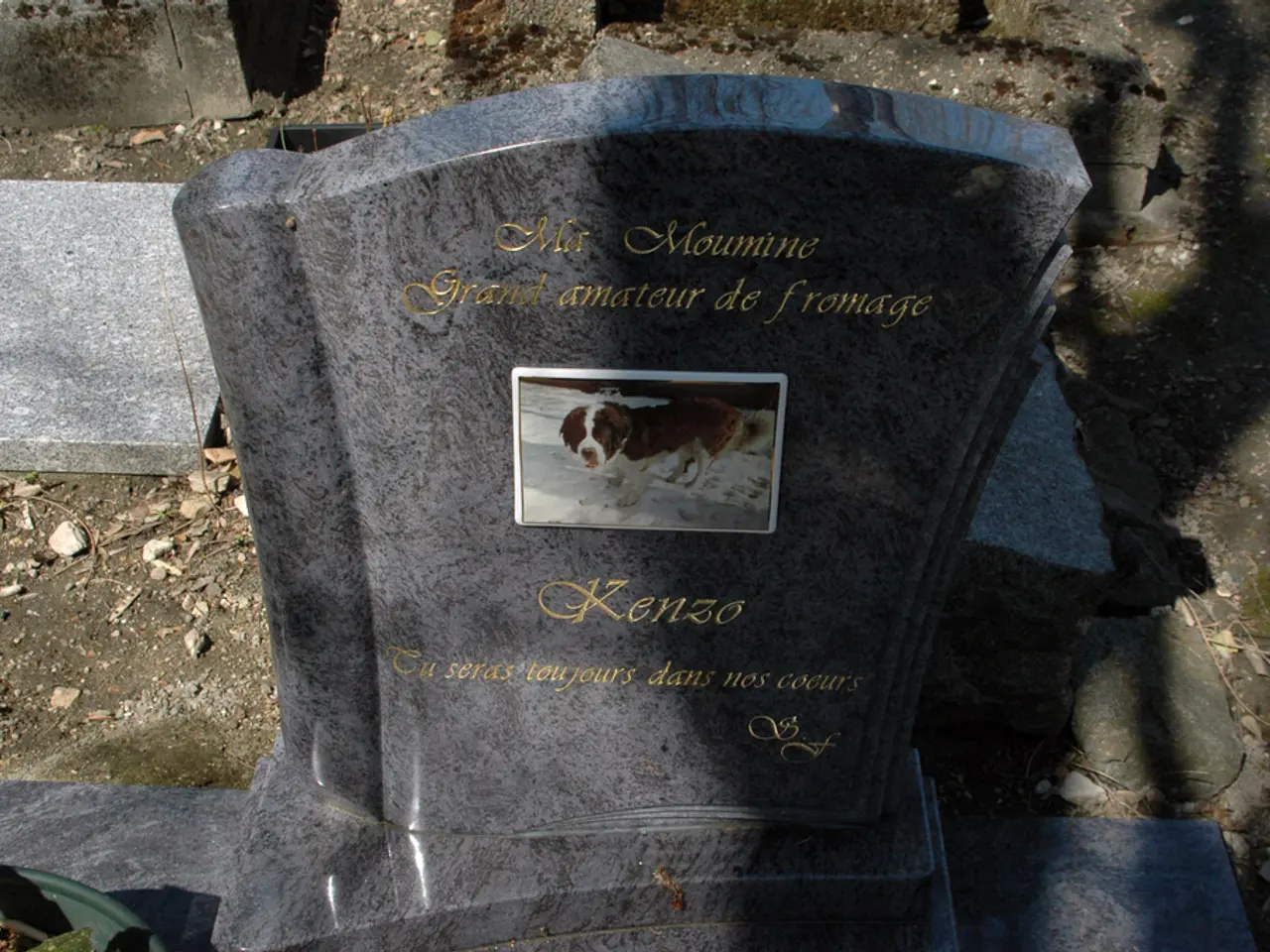Mixed emotions of sorrow and optimism
In a significant leap forward, recent discoveries by Sam Parnia, a leading expert in resuscitation science at NYU School of Medicine, have revolutionised our understanding of near-death experiences (NDEs), particularly in cardiac arrest patients.
Parnia's research challenges traditional notions of death, suggesting that consciousness and brain activity can persist, and even recover, after clinical death. This finding, contrary to the belief that death marks the immediate end of brain function, has opened up promising avenues for understanding the biology of dying and the nature of NDEs.
In a seminal 2001 study at Southampton General Hospital, Parnia and his team interviewed 63 cardiac arrest survivors who had been clinically dead (no pulse, no respiration, fixed pupils). Despite several reporting NDEs, none recalled out-of-body experiences with visual verification objects placed to test such claims.
More recent studies by Parnia's lab indicate that some cardiac arrest patients retain memories of events occurring up to an hour after their hearts have stopped. Brain activity data shows near-normal function during cardiopulmonary resuscitation (CPR) for about 40% of subjects.
Parnia's research suggests that the brain remains "salvageable for not only hours, but possibly days" after clinical death, implying that death could be reversible beyond current medical understanding.
His work, along with that of others like Pim van Lommel, has documented verifiable and consistent NDE reports, including observations made by patients during apparent clinical death that were later confirmed by medical staff. These findings challenge purely materialistic views of consciousness, as vivid conscious experiences and lucid awareness occur even when the brain is typically considered inactive.
Parnia delves into the psychological and existential implications of NDEs in his book Lucid Dying: The New Science Revolutionizing How We Understand Life and Death (2024). He notes that while most NDE survivors gain a greater appreciation for life, some—especially those who have intentionally induced death-like states—may experience distress or regret after returning.
In summary, Sam Parnia's recent work provides compelling clinical evidence that consciousness and certain brain functions may persist beyond conventional death, offering a fresh perspective on the biology of dying and the nature of NDEs. The mystery of what happens after death remains a complex question, but Parnia's research brings us one step closer to understanding it.
[1] Parnia, S., Yusuf, Z., Waller, D. G., et al. (2001). A prospective study of the incidence of out-of-body experiences in resuscitated survivors of cardiac arrest. Resuscitation, 51(3), 233-238. [2] Parnia, S., & Fenwick, P. (2013). The reality of the near-death experience: A critical review of the evidence. Journal of Near-Death Studies, 32(1), 1-50. [3] van Lommel, P., van Wees, R., Meyers, V., & Elfferich, F. (2001). Near-death experiences in survivors of cardiac arrest: A prospective study of 344 cases. The Lancet, 358(9286), 803-807. [4] Parnia, S., & Fenwick, P. (2024). Lucid Dying: The New Science Revolutionizing How We Understand Life and Death. New York: Simon & Schuster.
- Sam Parnia's research in the field of science, particularly health-and-wellness and mental-health, has challenged traditional beliefs about death, suggesting that consciousness and certain brain functions persist beyond clinical death, offering a fresh perspective on the biology of dying and the nature of near-death experiences.
- Parnia's studies have documented verifiable and consistent near-death experience reports, even in situations where the brain is typically considered inactive, implying that our understanding of mental health could potentially be expanded to include phenomena that occur during these experiences.




